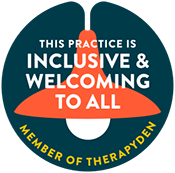If you have dealt with trauma in the past, you are likely looking for a way to better understand and regulate your emotions. Read our blog “How to Regulate Your Emotions” for more information. Trauma has a way of taking over all aspects of your life, even years after the traumatic incident occurred. Narrative therapy is a successful treatment approach for people struggling with trauma or trauma disorders, such as Post-Traumatic Stress Disorder (PTSD). Check out our blog “5 Healthy Ways to Cope with PTSD.”
Sometimes, trauma can be so complex and feel too intense when you try to think about it deeply. However, narrative counseling is a form of psychotherapy where you can get more clarity on past events so your memories become less overwhelming. You may find some events easier to understand and cope with once you create a clearer narrative or picture of the trauma you have experienced.













